
目录
一、list的介绍
二、list的排序
三、迭代器
1、list的迭代器失效问题
2、迭代器的功能分类
3、list迭代器的模拟实现
3.1普通迭代器
3.2const迭代器
4、迭代器价值
5、迭代器operator->的重载
四、模拟实现时遇到的困惑及注意点
1、调用拷贝构造时,链表内节点数据为什么已经是深拷贝了?
2、类名和类型的区别
五、vector和list的优缺点
1、vector
2、list
六、模拟实现list整体代码
一、list的介绍
列表是一种顺序容器,它允许在序列中的任何位置执行常量时间插入和删除操作,并允许在两个方向上进行迭代。
它的底层是一个带头双向循环链表。附一篇博主用C语言写的带头双向循环链表:【数据结构】带头双向循环链表的实现
二、list的排序
list不能用算法库的sort进行排序。算法库中的sort的底层是一个快排,需满足三数取中,需要传入随机访问迭代器,所以list并不适用。
当然list中提供了一个自己的sort,它的底层是一个归并排序。但是这个sort比vector使用算法库的sort还慢,甚至比list的数据先push_back到vector到再用算法库的sort还要慢。

三、迭代器
1、list的迭代器失效问题
insert,迭代器不失效
earse失效
2、迭代器的功能分类
1、单向迭代器:只能++,不能--。例如单链表,哈希表;
2、双向迭代器:既能++也能--。例如双向链表;
3、随机访问迭代器:能++--,也能+和-。例如vector和string。
迭代器是内嵌类型(内部类或定义在类里)
3、list迭代器的模拟实现
3.1普通迭代器
迭代器的实现需要支持解引用(为了取数据),支持++--。
博主模拟实现string和vector时,直接将原生指针typedef成迭代器,是因为数组的结构正好满足迭代器的行为(注:string和vector可以用原生指针实现,但是vs中采用自定义类型封装的方式实现),但是list中的节点地址是不连续的,不能使用原生指针,需要使用类进行封装+运算符重载实现。
//用类封装迭代器
template <class T>
struct __list_iterator
{
typedef list_node<T> node;
//用节点的指针进行构造
__list_iterator(node* p)
:_pnode(p)
{}
//迭代器运算符的重载
T& operator*()
{
return _pnode->_data;
}
__list_iterator<T>& operator++()//返回值不要写成node* operator++(),因为迭代器++肯定返回迭代器啊,你返回节点指针类型不对
{
//return _pnode->_next;
_pnode=_pnode->_next;
return *this;//返回的是迭代器
}
bool operator!=(const __list_iterator<T>& it)
{
return _pnode != it._pnode;
}
public:
node* _pnode;//封装一个节点的指针
};
3.2const迭代器
const迭代器的错误写法:
typedef __list_iterator<T> iterator;
const list<T>::iterator it=lt.begin();因为typedef后,const修饰的是迭代器it,只能调用operator*(),调不了operator++()。(重载operator++()为const operator++()也不行,因为const版本++还是改变不了)
正确写法:想实现const迭代器,不能在同一个类里面动脑筋,需要再写一个const版本迭代器的类。
//用类封装const迭代器
template <class T>
struct __list_const_iterator
{
typedef list_node<T> node;
//用节点的指针进行构造
__list_const_iterator(node* p)
:_pnode(p)
{}
//迭代器运算符的重载
const T& operator*()const
{
return _pnode->_data;
}
__list_const_iterator<T>& operator++()//返回值不要写成node*,因为迭代器++肯定返回迭代器啊,你返回节点指针类型不对
{
//return _pnode->_next;//返回类型错误的
_pnode = _pnode->_next;
return *this;//返回的是迭代器
}
__list_const_iterator<T>& operator--()
{
_pnode = _pnode->_prev;
return *this;
}
bool operator!=(const __list_const_iterator<T>& it)const
{
return _pnode != it._pnode;
}
public:
node* _pnode;//封装一个节点的指针
};
typedef __list_const_iterator<T> const_iterator;当然,这样写__list_iterator和__list_const_iterator这两个类会出现代码重复。STL库中是通过类模板多给一个参数来实现,这样,同一份类模板就可以生成两种不同的类型的迭代器(以下为仿STL库的模拟实现):
//用类封装普通/const迭代器
template <class T,class Ref>
struct __list_iterator
{
typedef list_node<T> node;
typedef __list_iterator<T,Ref> Self;
//用节点的指针进行构造
__list_iterator(node* p)
:_pnode(p)
{}
//迭代器运算符的重载
Ref operator*()
{
return _pnode->_data;
}
Self& operator++()//返回值不要写成node*,因为迭代器++肯定返回迭代器啊,你返回节点指针类型不对
{
//return _pnode->_next;//返回类型错误的
_pnode=_pnode->_next;
return *this;//返回的是迭代器
}
Self& operator--()
{
_pnode = _pnode->_prev;
return *this;
}
bool operator!=(const Self& it)
{
return _pnode != it._pnode;
}
public:
node* _pnode;//封装一个节点的指针
};
typedef __list_iterator<T, T&> iterator;
typedef __list_iterator<T, const T&> const_iterator;4、迭代器价值
1、封装底层实现,不暴露底层实现的细节;
2、多种容器提供统一的访问方式,降低使用成本;
C语言没有运算符重载和引用等语法,是实现不了迭代器的。
5、迭代器operator->的重载
迭代器的用法就是模拟指针的行为,如果现在有一个指向结构的指针,那么就需要用到->来解引用。
//*的重载:返回节点的数据
Ref operator*()
{
return _pnode->_data;
}
//->的重载:返回数据的指针
T* operator->()
{
return &_pnode->_data;
}
但是operator->使用T*做返回值类型,这样无论是普通迭代器和const迭代器都能修改,所以operator->的返回值类型应该改为泛型:
template <class T, class Ref,class Ptr>
Ptr operator->()
{
return &_pnode->_data;
}
typedef __list_iterator<T, T&, T*> iterator;
typedef __list_iterator<T, const T&, const T*> const_iterator;四、模拟实现时遇到的困惑及注意点
1、调用拷贝构造时,链表内节点数据为什么已经是深拷贝了?
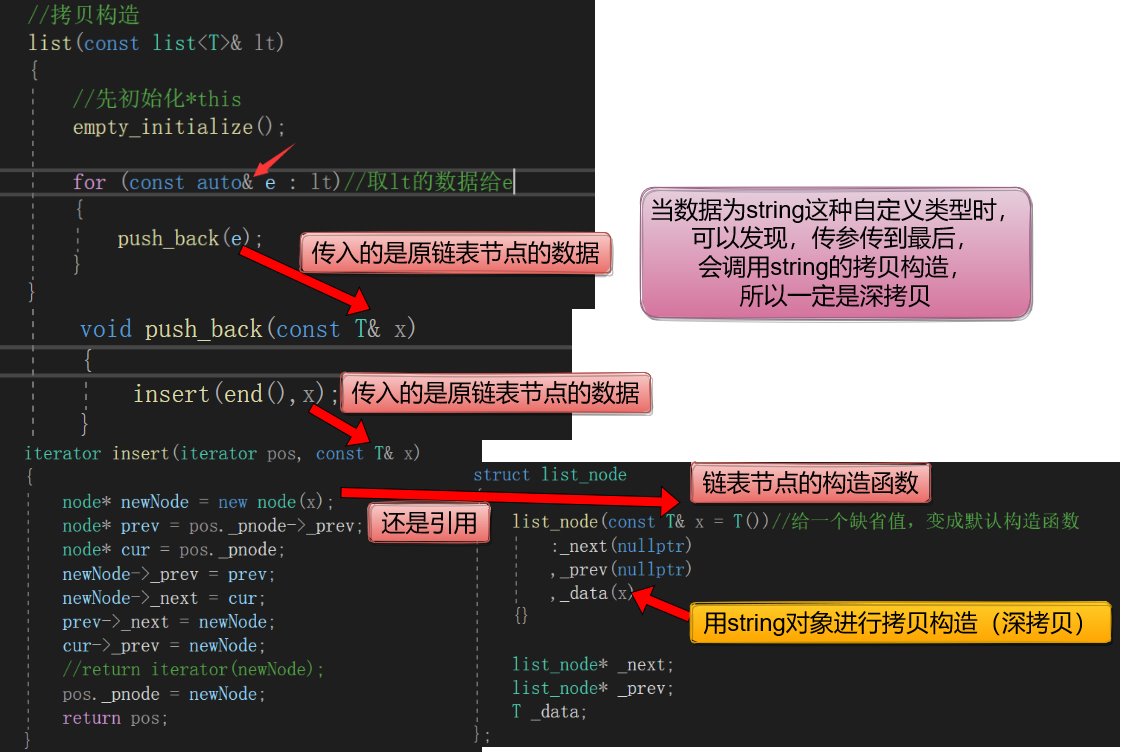
2、类名和类型的区别
普通类:类名等于类型
类模板:类名不等价于类型,例如list类模板类名是list,类型list<int>等。
所以我们平常写函数形参和返回值时,总会带上形参和返回值的类型:
// 赋值运算符重载写法2(赋值运算符重载都可以这么干)
list<T>& operator=(list<T> lt)
{
swap(lt);
return *this;
}但是C++在类模板里面可以用类名代替类型:
// 赋值运算符重载写法2(赋值运算符重载都可以这么干)
list& operator=(list lt)
{
swap(lt);
return *this;
}建议写代码的时候严格区分类型和类名,让自己和别人能够看的很明白。(了解下C++有这种坑语法即可)
五、vector和list的优缺点
vector和list像左右手一样,是互补关系,缺一不可。vector的优点正是list的缺点,list的优点也是vector的缺点,实际选用容器时,按照需求择优选用。
1、vector
vector的优点(结构牛逼):
1、支持下标的随机访问;
2、尾插尾删效率高(当然扩容的那一次尾插尾删会较慢);
3、CPU高速缓存命中高(数据从缓存加载至CPU中,会加载连续的一段数据,vector因为结构连续,高速缓存命中高)。
vector的缺点:
1、非尾插尾删效率低;
2、扩容有消耗,并存在一定的空间浪费。
vector迭代器失效问题:
insert/erase均失效。(如果string的insert和erase形参是迭代器,那么也会失效,但是大部分接口是下标传参,不考虑失效问题,只有几个接口是迭代器传参,需要注意迭代器失效问题)
2、list
list的优点:
1、按需申请释放,无需扩容;
2、任意位置插入删除时间O(1);(这里说的是插入删除,不要加上查找的时间)
list的缺点:
1、不支持下标的随机访问;
2、CPU高速缓存命中率低;
3、每一个节点除了存储数据外,还需要额外存储两个指针。
list迭代器失效问题:
insert不失效,erase失效。
六、模拟实现list整体代码
#pragma once
#include <iostream>
#include <algorithm>
#include <assert.h>
#include <vector>
using std::cout;
using std::endl;
namespace jly
{
//链表节点的类
template <class T>
struct list_node
{
list_node(const T& x = T())//给一个缺省值,变成默认构造函数
:_next(nullptr)
, _prev(nullptr)
, _data(x)
{}
list_node* _next;
list_node* _prev;
T _data;
};
//用类封装普通/const迭代器
template <class T, class Ref,class Ptr>
struct __list_iterator
{
typedef list_node<T> node;
typedef __list_iterator<T, Ref,Ptr> Self;
//用节点的指针进行构造
__list_iterator(node* p)
:_pnode(p)
{}
//迭代器运算符的重载
Ref operator*()
{
return _pnode->_data;
}
Ptr operator->()
{
return &_pnode->_data;
}
Self& operator++()//返回值不要写成node*,因为迭代器++肯定返回迭代器啊,你返回节点指针类型不对
{
//return _pnode->_next;//返回类型错误的
_pnode = _pnode->_next;
return *this;//返回的是迭代器
}
Self operator++(int)//后置++
{
_pnode = _pnode->_next;
return Self(_pnode->_next);
}
Self& operator--()
{
_pnode = _pnode->_prev;
return *this;
}
Self operator--(int)//后置--
{
_pnode = _pnode->_prev;
return Self(_pnode->_prev);
}
bool operator!=(const Self& it)const
{
return _pnode != it._pnode;
}
bool operator==(const Self& it)const
{
return _pnode == it._pnode;
}
public:
node* _pnode;//封装一个节点的指针
};
//用类封装const迭代器
//template <class T>
//struct __list_const_iterator
//{
// typedef list_node<T> node;
// //用节点的指针进行构造
// __list_const_iterator(node* p)
// :_pnode(p)
// {}
// //迭代器运算符的重载
// const T& operator*()const
// {
// return _pnode->_data;
// }
// __list_const_iterator<T>& operator++()//返回值不要写成node*,因为迭代器++肯定返回迭代器啊,你返回节点指针类型不对
// {
// //return _pnode->_next;//返回类型错误的
// _pnode = _pnode->_next;
// return *this;//返回的是迭代器
// }
// __list_const_iterator<T>& operator--()
// {
// _pnode = _pnode->_prev;
// return *this;
// }
// bool operator!=(const __list_const_iterator<T>& it)const
// {
// return _pnode != it._pnode;
// }
//public:
// node* _pnode;//封装一个节点的指针
//};
//链表类(控制哨兵位)
template <class T>
class list
{
public:
typedef list_node<T> node;
typedef __list_iterator<T, T&,T*> iterator;
typedef __list_iterator<T, const T&,const T*> const_iterator;
//typedef __list_const_iterator<T> const_iterator;
//构造函数
void empty_initialize()//用于初始化哨兵位
{
_head = new node;
_head->_next = _head;
_head->_prev = _head;
_size = 0;
}
list()
{
empty_initialize();
}
template <class InputIterator>
list(InputIterator first, InputIterator last)//迭代器区间构造
{
empty_initialize();
while (first != last)
{
push_back(*first);
++first;
}
}
//析构函数
~list()
{
clear();
delete _head;
_head = nullptr;
}
//拷贝构造
list(const list<T>& lt)
{
先初始化*this
//empty_initialize();
//for (const auto& e : lt)//取lt的数据给e
//{
// push_back(e);
//}
//工具人写法
list<T> tmp(lt.begin(),lt.end());
empty_initialize();
swap(tmp);
}
void swap(list<T>& lt)
{
std::swap(_head, lt._head);//交换头指针
std::swap(_size,lt._size);
}
赋值运算符重载写法1
//list<T>& operator=(const list<T>& lt)
//{
// //防止自己给自己赋值
// if (this != <)
// {
// clear();
// for (const auto& e : lt)
// {
// push_back(e);
// }
// }
// return *this;
//}
// 赋值运算符重载写法2(赋值运算符重载都可以这么干)
list<T>& operator=(list<T> lt)
{
swap(lt);//直接交换
return *this;
}
//插入删除
void push_back(const T& x)
{
/*node* newNode = new node(x);
node* tail = _head->_prev;
newNode->_prev = tail;
newNode->_next = _head;
tail->_next = newNode;
_head->_prev = newNode;*/
insert(end(), x);
}
void pop_back()
{
erase(--end());
}
void push_front(const T& x)//头插
{
insert(begin(), x);
}
void pop_front()
{
erase(begin());
}
iterator insert(iterator pos, const T& x)
{
node* newNode = new node(x);
node* prev = pos._pnode->_prev;
node* cur = pos._pnode;
newNode->_prev = prev;
newNode->_next = cur;
prev->_next = newNode;
cur->_prev = newNode;
//return iterator(newNode);
pos._pnode = newNode;
++_size;
return pos;
}
iterator erase(iterator pos)
{
assert(!empty());
node* prev = pos._pnode->_prev;
node* next = pos._pnode->_next;
prev->_next = next;
next->_prev = prev;
delete pos._pnode;
--_size;
//return iterator(next);
pos._pnode = next;
return pos;
}
//链表小接口
bool empty()const
{
return _head->_next == _head;
}
void clear()
{
/*assert(!empty);
node* cur = _head->_next;
while (cur != _head)
{
node* next = cur->_next;
delete cur;
cur = next;
}*/
iterator it = begin();
while (it != end())
{
it = erase(it);//erase返回删除元素的下一个
}
}
size_t size()const
{
return _size;
}
//普通begin(),end()迭代器
iterator begin()
{
//return iterator(_head->_next);
return __list_iterator<T, T&,T*>(_head->_next);
}
iterator end()
{
return __list_iterator<T, T&,T*>(_head);
}
//const begin(),end()迭代器
const_iterator begin()const
{
//return const_iterator(_head->_next);
return __list_iterator<T, const T&,const T*>(_head->_next);
}
const_iterator end()const
{
return __list_iterator<T, const T&,const T*>(_head);
}
private:
node* _head;//哨兵位
size_t _size;//用于统计节点个数,空间换时间
//不加这个私有变量,统计节点个数时间O(N),有这个私有变量,时间O(1),但是每个节点的体积变大
};
//测试函数
struct Pos
{
int _row;
int _col;
Pos(int row = 0, int col = 0)
:_row(row)
, _col(col)
{}
};
void test()
{
list<Pos> i;
i.push_back(Pos(1, 2));
i.push_back(Pos(2, 5));
i.push_back(Pos(4, 3));
list<Pos>::iterator it = i.begin();
while (it != i.end())
{
cout << (&( * it))->_row;//*it取数据,再取地址、解引用得到_row,多此一举
cout << it->_row;//同第三种写法,编译器为了可读性,省略了一个->
cout << it.operator->()->_row;//it.operator->()是显示调用,->_row是解引用得到_row
it++;
}
}
void test1()
{
list<std::vector<int>> i;
std::vector<int> v1(1, 2);
std::vector<int> v2(2, 4);
std::vector<int> v3(3, 5);
i.push_back(v1);
i.push_back(v2);
i.push_back(v3);
list<std::vector<int>> m(i);
i = m;
cout << m.size();
}
}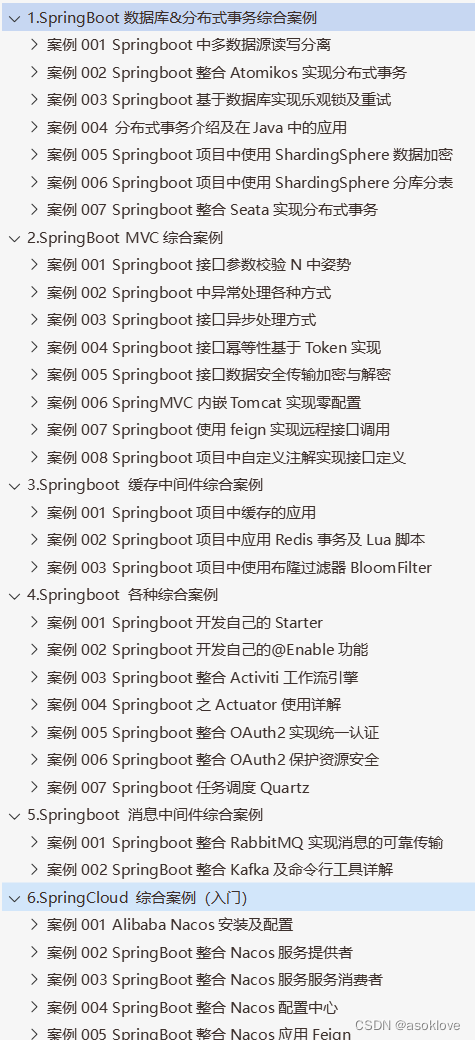
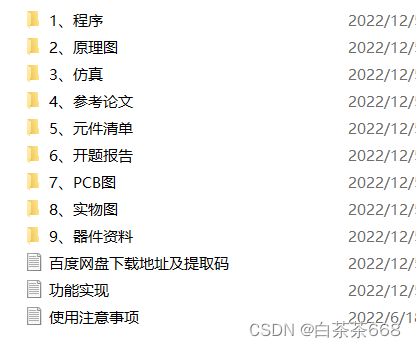




![[附源码]Python计算机毕业设计Django天狗电子商城系统](https://img-blog.csdnimg.cn/1e93d11235774f03b0c8664a3b15c74e.png)

![[附源码]Python计算机毕业设计Django酒店客房管理信息系统](https://img-blog.csdnimg.cn/717a06e27488405ab804d7fbfba3b2cc.png)

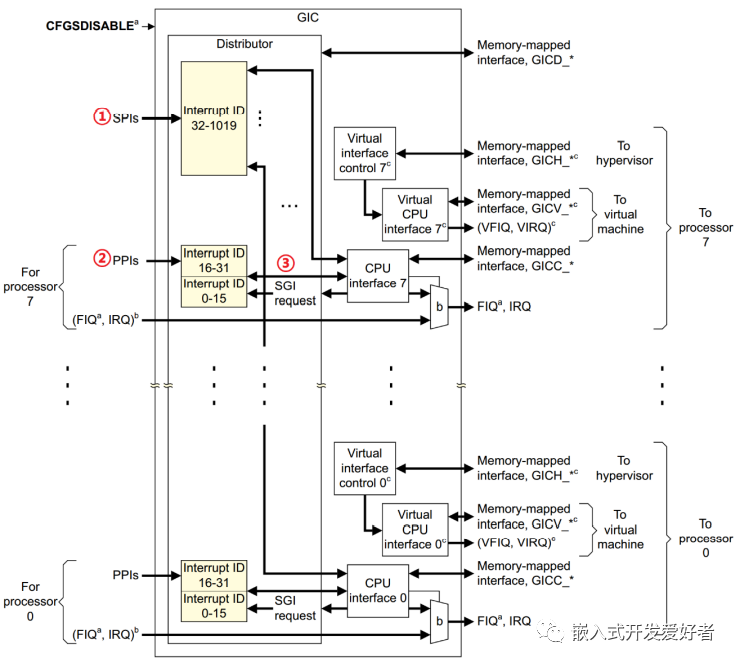

![[附源码]计算机毕业设计基于Springboot校园租赁系统](https://img-blog.csdnimg.cn/edee01a7bd354b2ab5d79e576a0efad8.png)
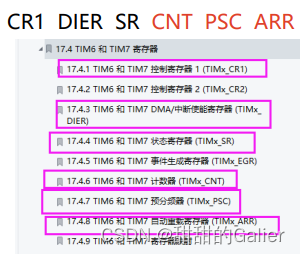

![[附源码]计算机毕业设计天狗电子商城系统Springboot程序](https://img-blog.csdnimg.cn/c992c3b0ec2a43d38e938470eb413b21.png)



